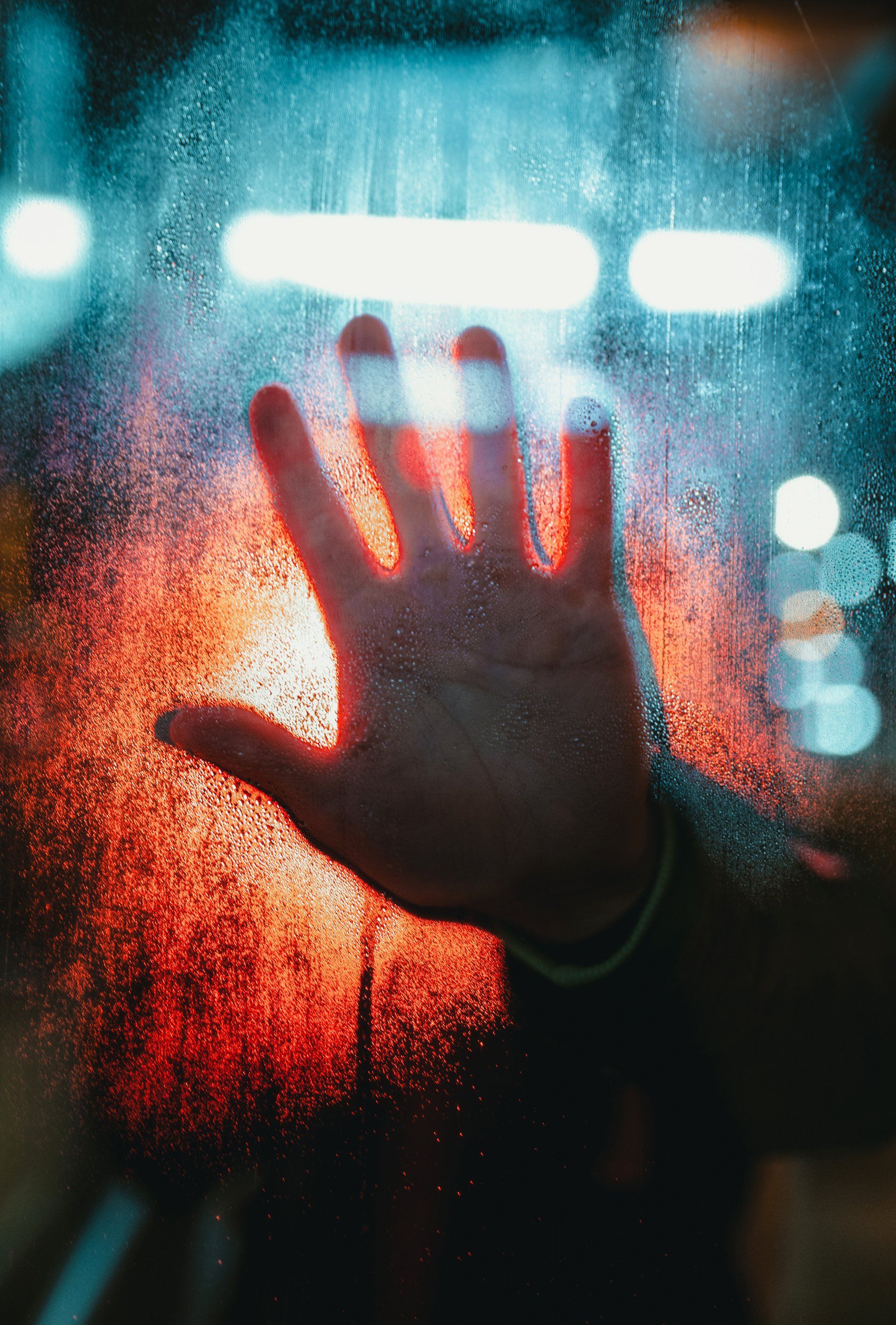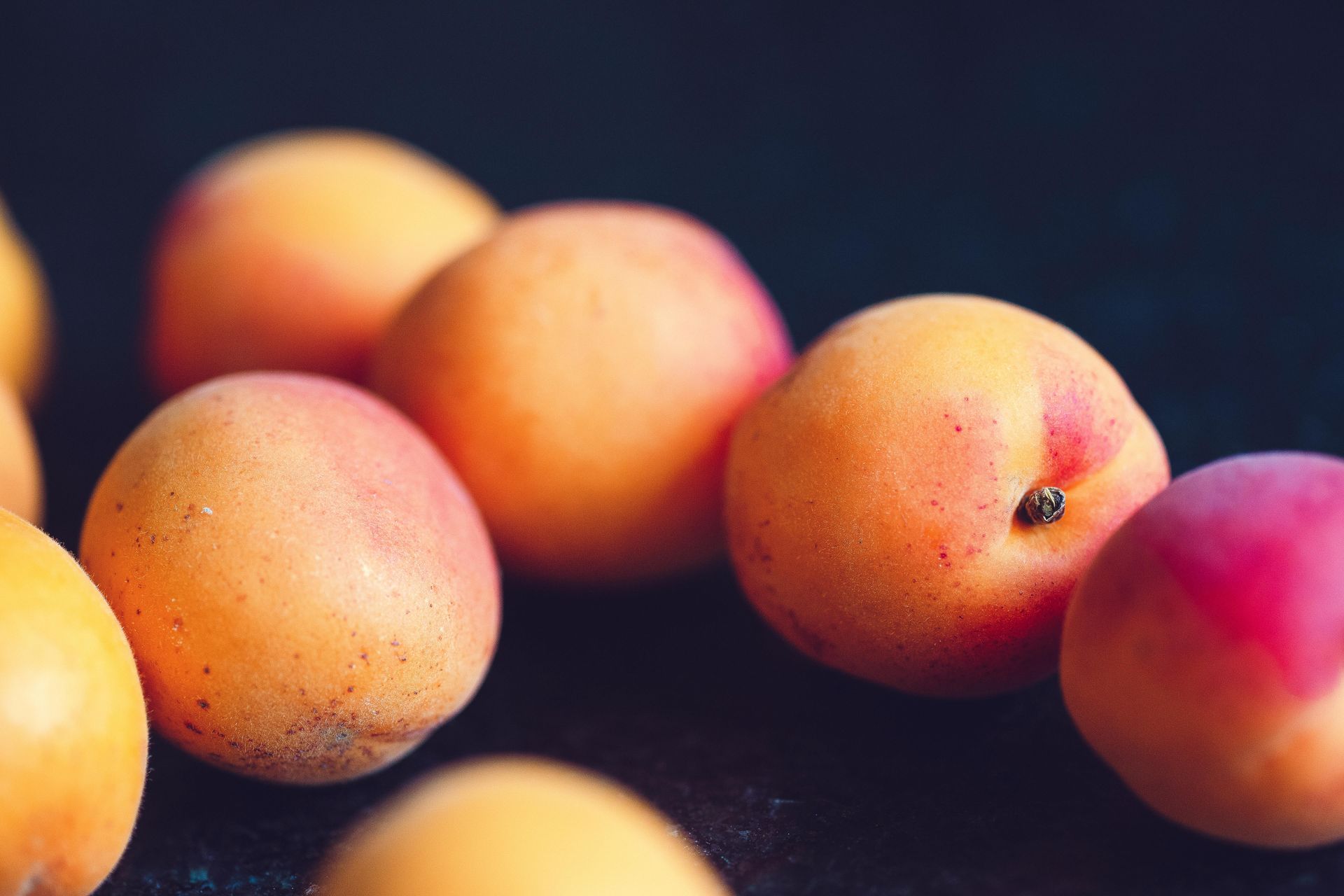Interesting Covid and UVC-related stories from around the world
Our UVC lights are proven to render Covid harmless, creating cleaner, safer spaces for humans to use. It’s just as well tardigrades are completely harmless, since a newly-discovered variant of this incredibly strange creature appears to be resistant to UVC. If we want to stop pandemics, we need to protect the world’s forests. Massive viruses are found to produce their very own energy. TfL takes on the power of UVC to disinfect London’s tube system, and the duck billed platypus glows with its very own UV light. There are some amazing Covid-related and UVC-related news stories around this week. Here are five of the best.
UVC light kills – but a new and unusual tardigrade survives it
UVC light kills a host of horrid infections and diseases, including the Coronavirus, by trashing their DNA so they can’t reproduce. The tardigrade is one of the planet’s oddest creatures, widely studied because of its remarkable powers. It can live for fifty years without food or water in a weird state of suspended animation, in super-harsh conditions that would kill most organisms. Now a new species of tardigrade has been found, and it can survive UVC light. While a ‘control’ animal – a worm – died after five minutes of exposure to a germicidal UV lamp, the tardigrades just glowed with a mystery fluorescent chemical that absorbs the UV light, giving off harmless visible blue light.
Save forests to prevent future pandemics
The usual annual cost of dealing with pandemics stacks up to a massive one trillion US dollars. Covid is costing a great deal more. But if we can protect the world’s forests, we could also protect ourselves against another outbreak, one that could be as a deadly as – or worse than – Ebola.
The idea is we stop unsustainable practices like deforestation and industrial scale trading in wildlife to improve global biodiversity. This would mean the many millions of people who currently work in too-close proximity to animals come into less contact with disease-carriers.
Scientists are calling the idea ‘a really incredible efficient economic return on investment’. While it would cost an estimated $58 billion a year, it’s worth it since the current Covid pandemic had already cost as much as $16 billion worldwide by July this year, and we’re only just entering the second wave.
The idea will be discussed in depth at the Convention on Biological Diversity, to be held in China during 2021 and designed to set the world’s biodiversity goals for the next decade.
TfL uses UVC to make the tube safer
Rays of powerful ultraviolet light are helping Transport for London keep the tube open. It plans to install two hundred UV cleaning machines on over 100 tube escalators to keep the handrails clean. Heathrow airport
undertook a six week trial of the same tech earlier in 2020 and reduced escalator contamination by at least half.
Like our machines, they use the same powerful light emitted by the sun, which leads to burns and skin cancers. The UVC light works as a powerful disinfectant, long used to disinfect surgical tools. In our case, and in the case of TfL’s machines, it’s a special narrow-range UVC light that breaks down the molecular bonds of virus’s DNA but it doesn’t penetrate human skin.
You can already see the new UV cleaners at King’s Cross, and they’re due for installation in Bond Street, Charing Cross, Green Park, London Bridge, Paddington, Tottenham Court Road, Victoria and Waterloo tube stations.
Giant viruses generate their own energy
Viruses are not supposed to do it. But some giant viruses can produce their own energy. The finding has sparked debate about whether these big outliers are viruses at all, or are actually something completely different. Odder still, nobody can figure out why a virus would even need to make energy in the first place. They’re usually a simple blend of RNA and DNA wrapped in a membrane made of protein, which means they’re not even classified as ‘alive’.
In recent years scientists have discovered a growing number of these giant viruses, and the discovery could change the way viruses are defined. Some predict the energy these whopping great viruses make could be used to influence their host’s metabolism.
For the moment, even though the differences between living and non-living are blurring, these energy-creating things are still being treated as viruses. Whatever they are they’re incredibly widespread, which suggests they have a ‘huge impact on the planet’. Luckily, they’re harmless to humans!
How the platypus glows with its very own UV light
The duck-billed platypus must be one of the planet’s strangest-looking mammals. Now we know more, and it’s even more weird. When scientists shine 200 – 400 nanometres of UV light onto a platypus, its usually-brown body reflects bright blue-green light at a wavelength between 500 and 600 nanometres, something called ‘fluorescence’.
Why did the scientists shine UV light on a platypus? It sounds like something Vic Reeves and Bob Mortimer would do, along the lines of ‘clean your table leg with a squirrel’. Apparently it was a blend of ‘serendipity and curiosity’. But the eggheads were also interested to see ‘how deep in the mammalian tree the trait of bio-fluorescent fur went.’ Fair enough!
Covid and UVC go together like...
Covid and UVC disinfection go together like peaches and cream. If you’d like to discuss how one of our affordable machines can make your premises safer for people, therefore help keep your business alive and kicking, get in touch.










